In the remote villages of northern India, a centuries-old tradition continues to defy modern societal norms. The practice of fraternal polyandry, where one woman is married to multiple brothers, persists in regions like Himachal Pradesh, Uttarakhand, and parts of Jammu and Kashmir. This unusual marital arrangement, though legally unrecognized, has been woven into the cultural fabric of these communities for generations.
The roots of this tradition are deeply entangled with survival economics. In the harsh mountainous terrain where arable land is scarce, dividing family property among sons could render each portion unsustainable. By sharing a single wife, brothers preserve their ancestral land as a single productive unit. "We don't see it as strange," explains Rajendra, a farmer from Kinnaur district. "When all brothers work the same fields that our grandfather worked, it makes sense that we share everything - including a wife."
Anthropologists note that this system creates unexpected social dynamics. The shared wife typically maintains separate sleeping arrangements with each brother, often signaled by leaving a personal item outside specific rooms. Children born from these unions collectively refer to all brothers as "father," though biological paternity sometimes becomes known within the family. What surprises outsiders most is the apparent lack of jealousy among co-husbands, though village elders admit occasional conflicts do arise.
Women in these arrangements occupy a complex position. While they bear tremendous domestic responsibilities - satisfying multiple husbands, managing households, and child-rearing - they also wield considerable influence. As the sole wife, she becomes the central figure in family decisions regarding resources and children's futures. Yet this authority comes at a cost; reproductive pressures are intense, with expectations to bear children for each brother. Medical professionals in these regions report higher rates of maternal health complications, attributed to repeated pregnancies without adequate recovery periods.
The legal status of fraternal polyandry remains ambiguous. Indian law neither explicitly prohibits nor recognizes such unions, creating a gray area that authorities generally ignore unless formal complaints arise. This hands-off approach reflects the government's delicate balance between respecting cultural traditions and enforcing modern marital laws. However, changing economic realities are undermining the practice's practicality. As younger generations migrate to cities for education and employment, the economic imperative for shared marriages diminishes.
Urban-educated Indians often view the custom with a mixture of fascination and disapproval. Sociologist Dr. Meera Patel notes, "What appears oppressive to outsiders may function as a pragmatic solution within its original context. But the system struggles to adapt to women's increasing access to education and financial independence." Indeed, census data shows a gradual decline in such marriages, with the most significant drops occurring near towns with colleges or tech hubs.
Religious scholars debate whether the practice aligns with Hindu teachings. While no scripture explicitly endorses polyandry, some point to the ancient epic Mahabharata, where Draupadi married five brothers, as possible precedent. Others argue this mythological example represents an exceptional circumstance rather than endorsement. The absence of clear theological positions leaves communities to interpret traditions through local customs rather than religious doctrine.
As India modernizes, the future of fraternal polyandry appears uncertain. Some families now modify the tradition, with brothers formally marrying one woman but unofficially maintaining separate relationships in cities. Others abandon the practice entirely, dividing land despite economic consequences. What persists is the philosophical debate about whether such traditions represent cultural richness or gender inequality - a question with answers as varied as India's diverse landscapes.
The women raised in these arrangements express conflicting perspectives. While some describe feeling cherished by multiple protectors, others recall childhoods overshadowed by whispered tensions. As one anonymous woman shared, "I grew up with three fathers who treated me kindly, but I watched my mother age prematurely from endless labor." These personal accounts reveal the human complexity behind anthropological curiosities.
International observers often misinterpret the practice through Western lenses, either romanticizing it as exotic or condemning it as barbaric. Neither extreme captures the nuanced reality where economic necessity, cultural continuity, and human emotions intersect. As globalization reaches India's most isolated valleys, fraternal polyandry stands at a crossroads - whether to adapt, fade away, or persist as a living relic of alternative social structures.
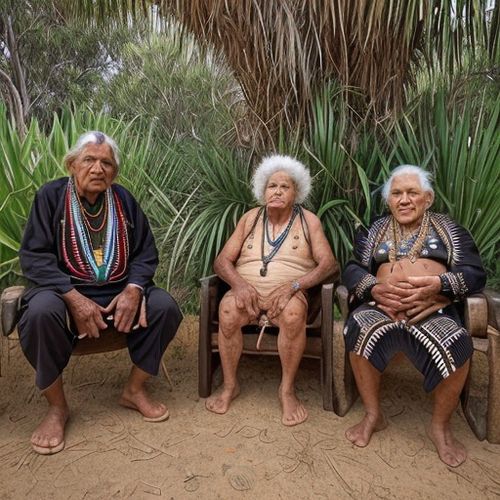
By Sophia Lewis/Apr 19, 2025
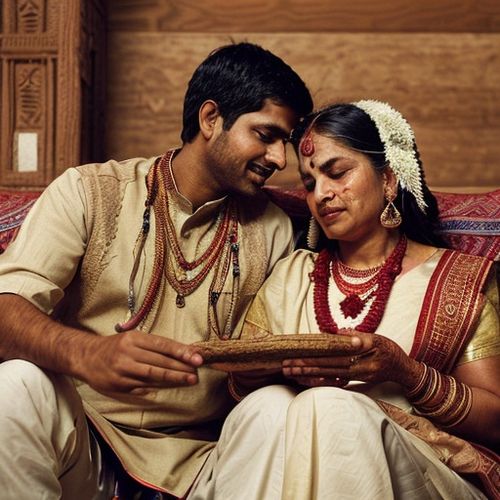
By Joshua Howard/Apr 19, 2025

By Laura Wilson/Apr 19, 2025

By James Moore/Apr 19, 2025

By Eric Ward/Apr 19, 2025

By Ryan Martin/Apr 19, 2025

By Elizabeth Taylor/Apr 19, 2025
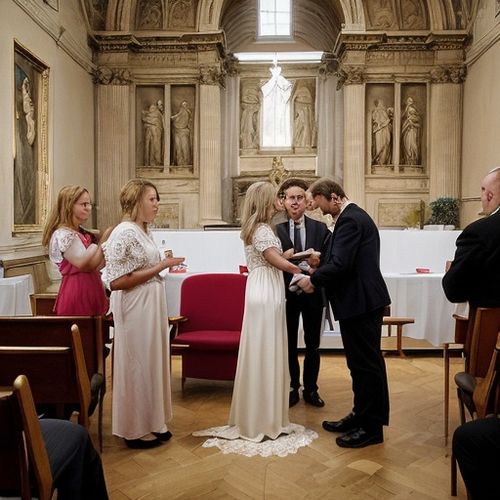
By Samuel Cooper/Apr 19, 2025
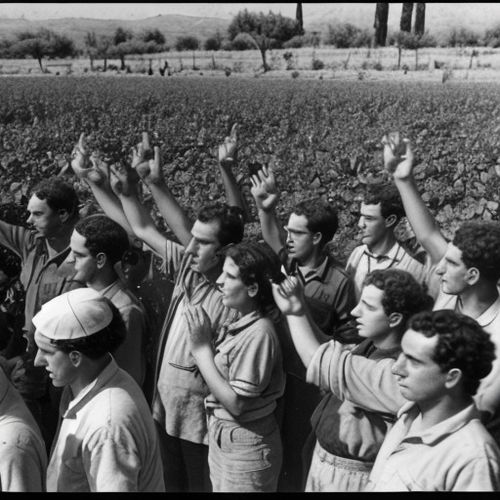
By Benjamin Evans/Apr 19, 2025
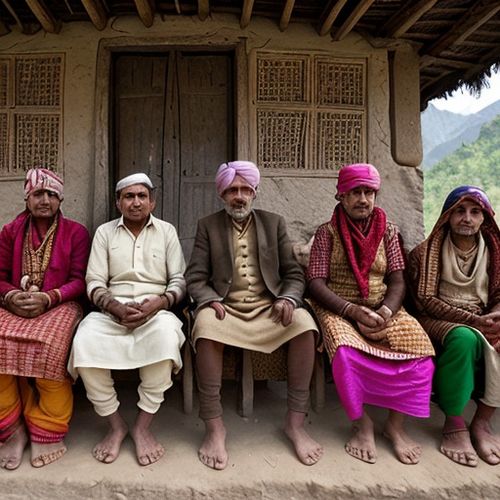
By Christopher Harris/Apr 19, 2025

By Olivia Reed/Apr 19, 2025
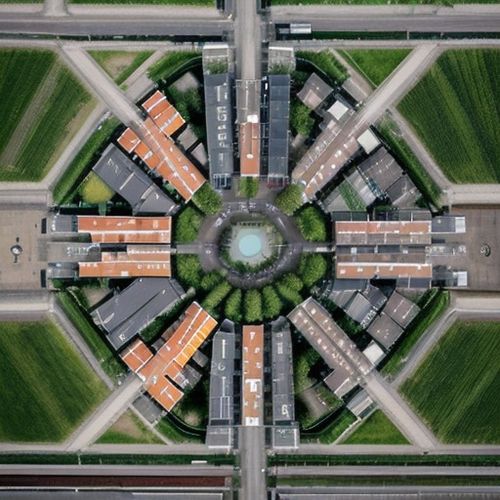
By Megan Clark/Apr 19, 2025

By Michael Brown/Apr 19, 2025

By William Miller/Apr 19, 2025

By Sarah Davis/Apr 19, 2025

By Joshua Howard/Apr 19, 2025
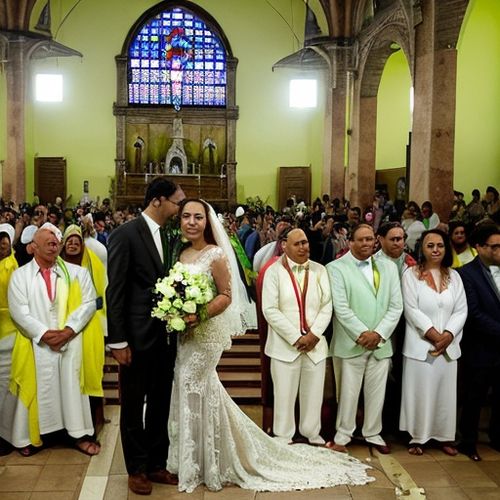
By Ryan Martin/Apr 19, 2025

By Eric Ward/Apr 19, 2025

By Jessica Lee/Apr 19, 2025
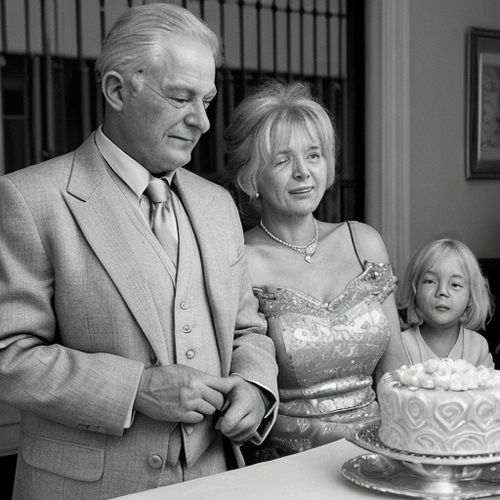
By David Anderson/Apr 19, 2025